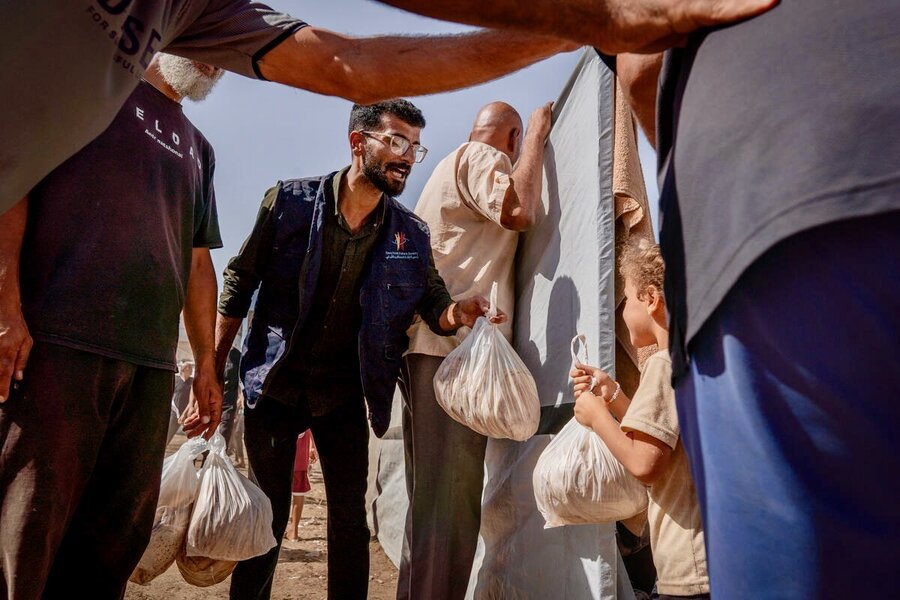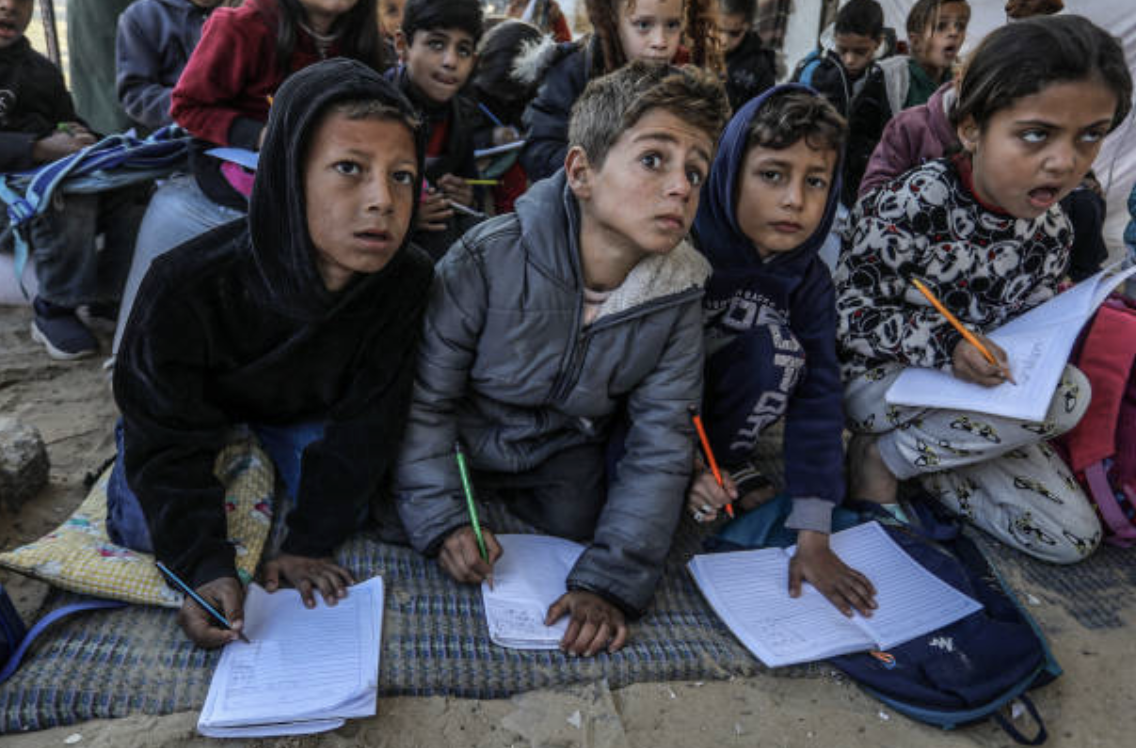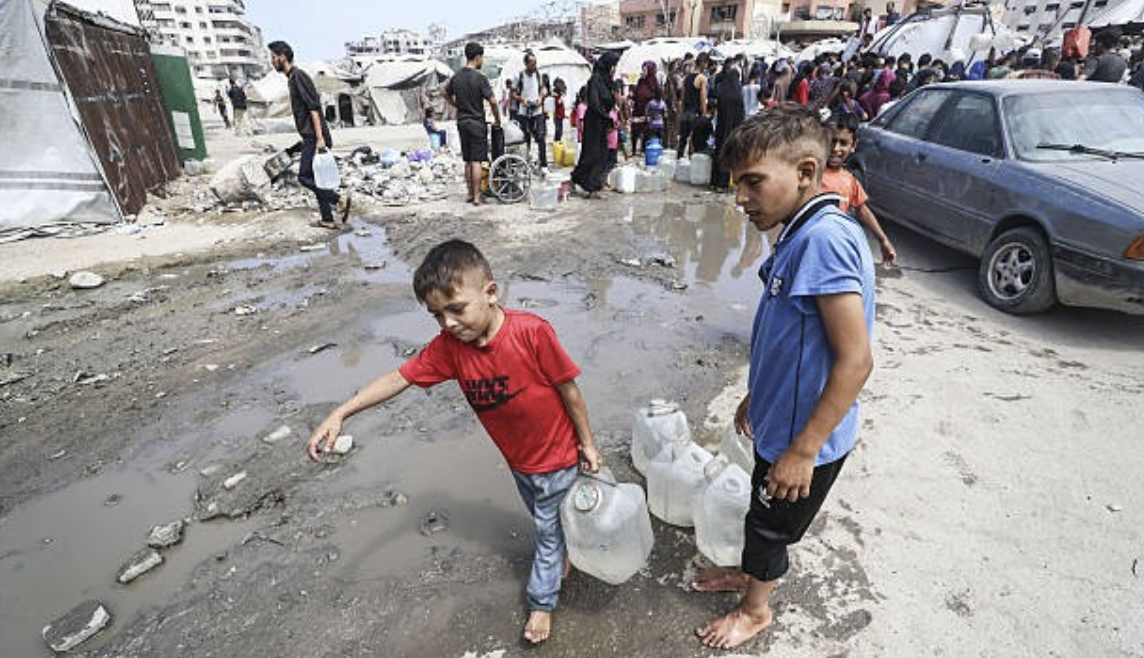In the center of historic Dublin, Ireland sits St. Patrick’s Cathedral. The water well where St. Patrick baptized the first Christians in Ireland in the fifth century is immediately adjacent to the building. The day school that brought organized education to the area dates from 1547 and the choir school is even older founded in 1432. In a city full of old and ancient things, St. Patrick’s Cathedral is at its heart and one of the best examples.
St. Patrick’s Cathedral is more than a church though. On the bright, warm day I visited a few years ago, the grounds were servings as an outdoor lunch area for school children and adults alike with a number of people (trying to) tan in the early summer sun. The cathedral itself serves as a museum and gift shop throughout most of the week. The rear of the church, outer aisles, and transept are filled with items significant to St. Patrick’s Cathedral and to Dublin. Many famous and religious Dubliners were even buried inside the church and their monuments are prominently displayed. Filled with hundreds of visitors on a weekday, one could imagine what the Cathedral would be like on a Sunday or for a mass early in the morning.
Ireland, like America, is in the midst of a religious transformation. While Christianity is still the dominant religion by a large margin, the number of self-identified Christians in Ireland is decreasing as is church attendance. One of the most culturally religious countries in the world is on the decline. Within a few decades the rates of religiosity among the Irish might mirror America.
St. Patrick’s Cathedral serves as an interesting case study on the purpose and place of the physical church building in the modern landscape. In Protestant circles, the church is generally conceived as simply a place for worship and spiritual development. In other traditions, the definition is broader: the church as a religious center, civic museum (and gift shop), school, cemetery, gathering place in the midst of community. Many modern churches here in America even include books stores, gyms, running tracks, coffee shops and more.
Theologian Karl Barth defined the “church” as “the living body of the living Lord Jesus Christ”. St. Patrick’s Cathedral and so many others are joyfully reflecting that definition: worship meeting history meeting the everyday life. They are living and active bodies of faith in the world.
What is the church to you? What does and can that church look like today?






















